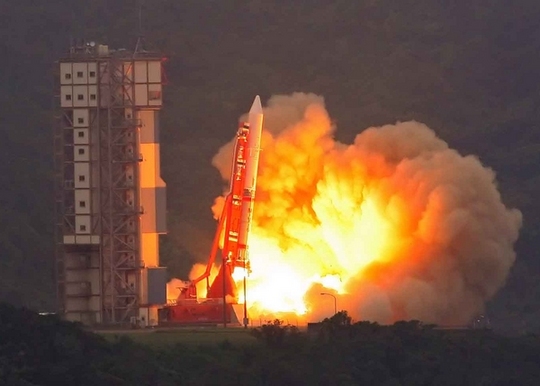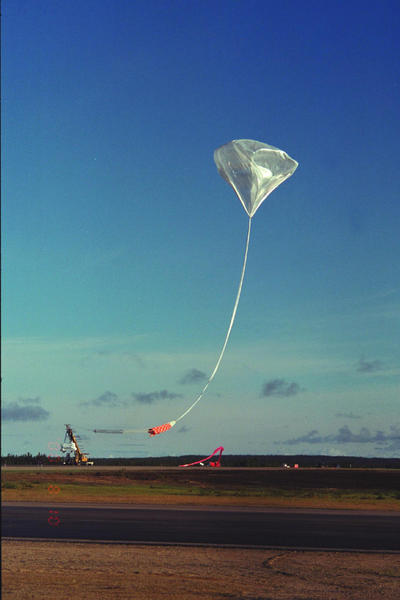Balloon Observations of Cosmic Anti-Protons
X-ray observations of the hot universe
We put an X-ray imaging spectrometer onboard the cosmic X-ray satellite ASCA launched in 1993. Subsequently, we have developed the Hard X-ray Detector, and put it onboard the Suzaku satellite (Figure 1). The HXD operates in the 10-600 keV energy range, thus providing us with valuable information on mass-accreting black holes, fast-rotating pulsars, supernova remnants, our Galactic center, active galactic nuclei, clusters of galaxies, and gamma-ray bursts.

Balloon observations of cosmic anti-protons
Cosmic rays reaching the Earth contain a trace amount of anti-protons, which are produced in the interstellar space via cosmic ray collision with interstellar medium. However, lower-energy anti-protons may be produced via more exotic processes, including annihilation of heavy relic particles, or evaporation of primordial black holes. In search for such anti-proton components, we have been conducting a balloon experiment called BESS (Balloon Experiment with Superconducting Spectrometer) since 1993. It utilizes a specially developed superconducting solenoid for particle identification (Figure 2). We have already detected more than 1000 anti-protons, and we keep examining the data for any hint of excess anti-proton flux indicative of the exotic processes.





